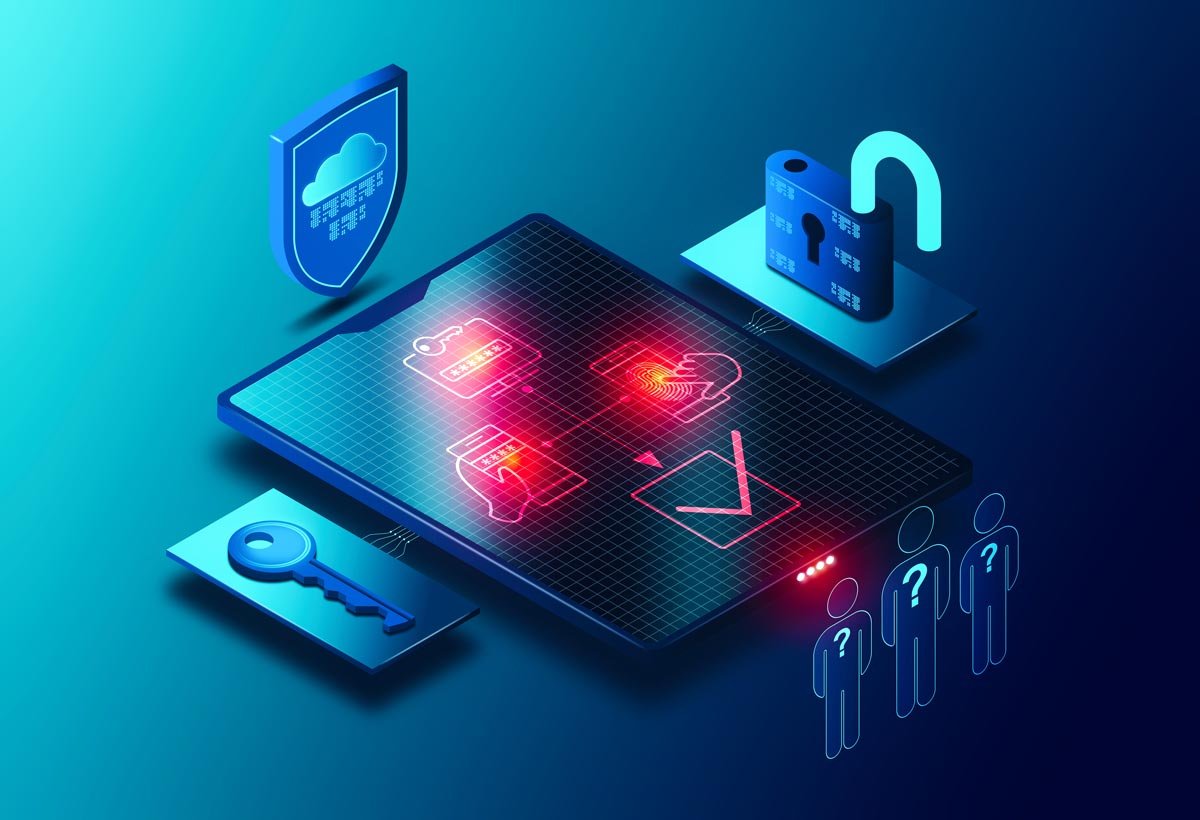

What Are the Disadvantages of Zero Trust? (And How to Overcome Them)
Everyone talks about Zero Trust being the best model for security moving forward. To a certain extent, that’s absolutely true — but what isn’t talked about are the challenges and disadvantages of the Zero Trust model, with most conversations focusing on its upsides.
As with any security model, there are both pros and cons to Zero Trust. Ultimately, most organizations will find that Zero Trust is the best solution for them. But the disadvantages will still need to be countered – in other words, to fully realize the many benefits of a Zero Trust model, you must anticipate and solve the challenges of a Zero Trust model.
The Major Benefits of Zero Trust
Before we go into the disadvantages, let’s discuss why Zero Trust has become so popular.
In a world where data breaches are rampant and remote work is on the rise, the need for a better security model is apparent. The traditional perimeter-based security model simply doesn’t cut it anymore — and Zero Trust offers a solution that is less likely to be breached.
Zero Trust security offers better protection for users and data. By authenticating and authorizing every user, device, and application — regardless of location — Zero Trust minimizes the risk of a security breach.
The Disadvantages of Zero Trust
Now let’s discuss the disadvantages of Zero Trust and how to overcome them.
1. Zero Trust Can Be Complex
The biggest challenge with Zero Trust is that it can be complex to implement. The fact that every user, device, and application must be authenticated and authorized adds an extra layer of complexity — particularly for organizations with a large number of users.
Solution: The best way to overcome this challenge is to partner with a security vendor that specializes in Zero Trust. They will be able to help you implement the solution and ensure that it is effective.
2. Zero Trust Requires a Mindset Shift
Another challenge with Zero Trust is that it requires a mindset shift for both IT and security teams. In the traditional security model, security was focused on the perimeter. But with Zero Trust, security is focused on the data — which means that IT and security teams need to change the way they think about security.
Solution: The best way to overcome this challenge is to educate both IT and security teams on the Zero Trust model. Once they understand how it works.
3. Zero Trust Requires More Manpower
Another challenge with Zero Trust is that it often requires more manpower to implement and manage. With a traditional perimeter-based security model, there is only one perimeter to protect. But with Zero Trust, there are multiple perimeters — each of which must be managed and monitored.
Solution: The best way to overcome this challenge is, again, to partner with a security vendor that specializes in Zero Trust. They will be able to help you implement the solution and ensure that it is effective. In fact, you may find that with the right partner, you can eliminate or refocus some of your internal IT and security roles, saving your organization money over time.
4. Zero Trust Slows Down Application Performance
One of the biggest complaints about Zero Trust is that it can slow down application performance. This is because every user, device, and application must be authenticated and authorized before accessing data or applications.
Solution: The best way to overcome this challenge is to invest in a solution that uses an adaptive access control model. This will allow you to dynamically control access to data and applications based on the risk profile of the user, device, or application.
5. Zero Trust Can Be Costly
Another disadvantage of Zero Trust is that it can be costly to implement. This is because it requires more manpower and additional security measures — such as multi-factor authentication — which can add to the overall cost of the system.
Solution: Security partners can help you find the solutions that will actually save your organization money, by improving your organization’s efficiency and IT security moving forward. And remember: While it can seem like a Zero Trust model is expensive, there is nothing more costly than a system breach.
6. Zero Trust Can Hamper Productivity
The final disadvantage of Zero Trust is that it can sometimes hamper productivity. This is because the extra security measures — such as multi-factor authentication — can add friction to the user experience. Users may find that they can’t access utilities or files that they want to access and may find that the entire process is more restrictive for them. Ideally, this shouldn’t happen, but there’s always a balance that has to be struck between providing access and managing access.
Solution: The best way to overcome this challenge is to invest in a Zero Trust solution that uses an adaptive access control model, passwordless model, or biometric system. Anything that makes the user experience easier is more likely to be followed and more likely to be efficient. Audits should also be conducted to ensure that employees have access to the tools and utilities they need.
Despite the challenges, Zero Trust is still the best model for security moving forward. By understanding the disadvantages and taking steps to overcome them, organizations can ensure that they are able to implement Zero Trust successfully.
Address the Issues of Zero Trust with the Right Technology
Next-generation solutions are built around Zero Trust. The right technology, such as authentication services and single-sign-on SaaS platforms, can make the process of managing Zero Trust problems far less of a burden.
Ideally, your technology should be able to support your Zero Trust needs without creating additional labor on your team’s behalf. As more of the world moves to one built on Zero Trust dynamics, this becomes far more feasible than ever before.
These are the major Zero Trust advantages and disadvantages. Largely, the advantages of Zero Trust security will always far outweigh the disadvantages of Zero Trust. Contact Axiad to learn more about how Zero Trust technologies can be fine-tuned and improved.






